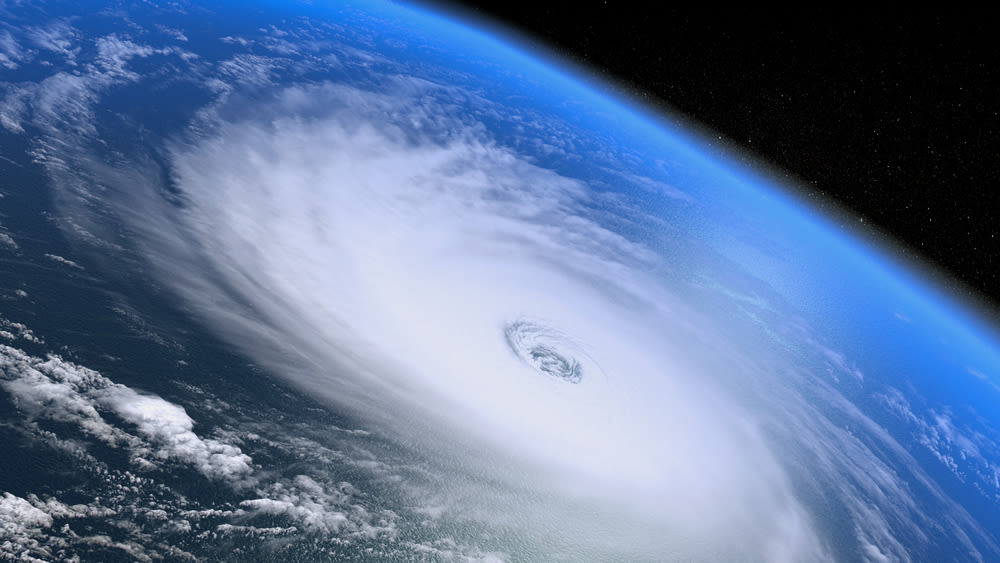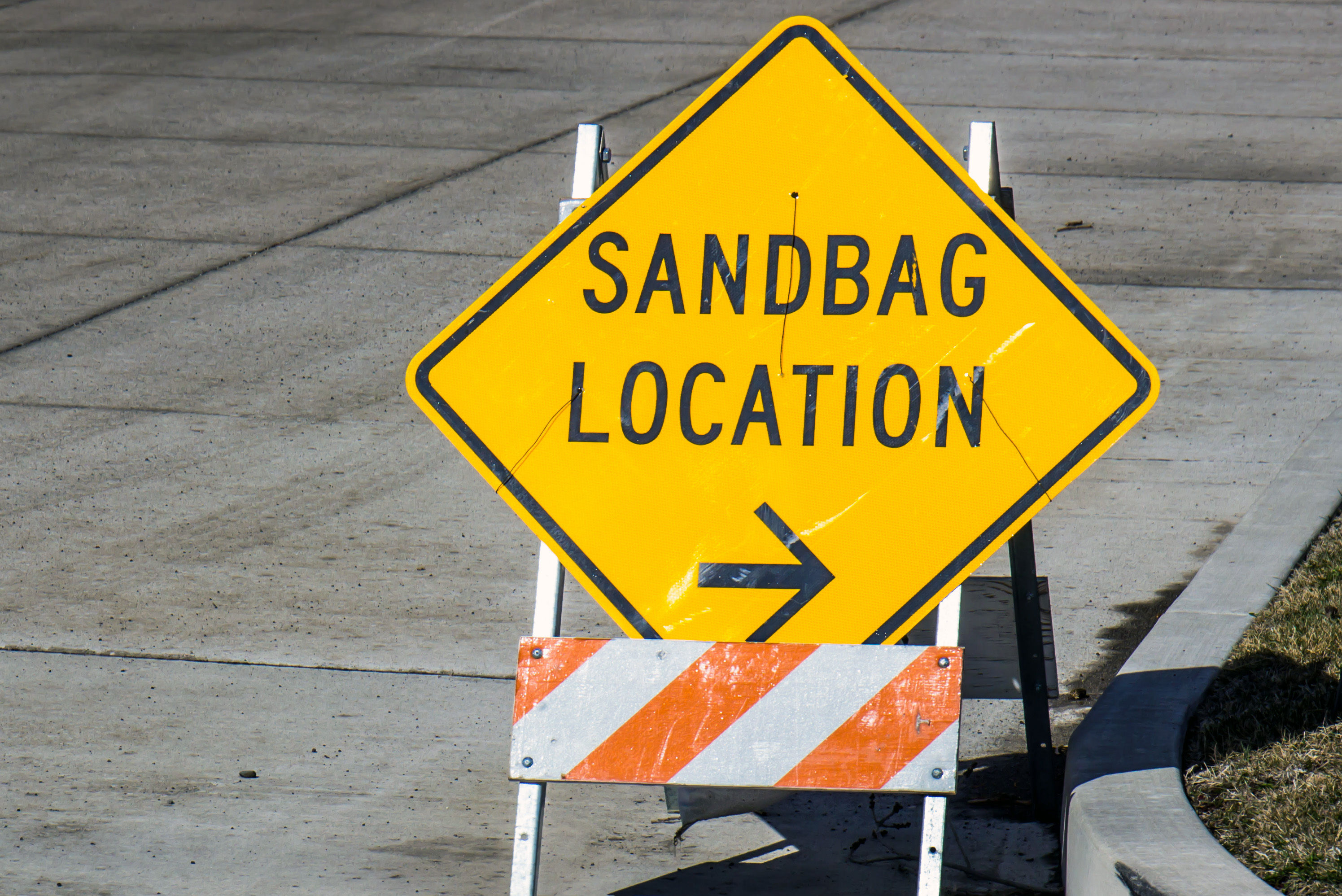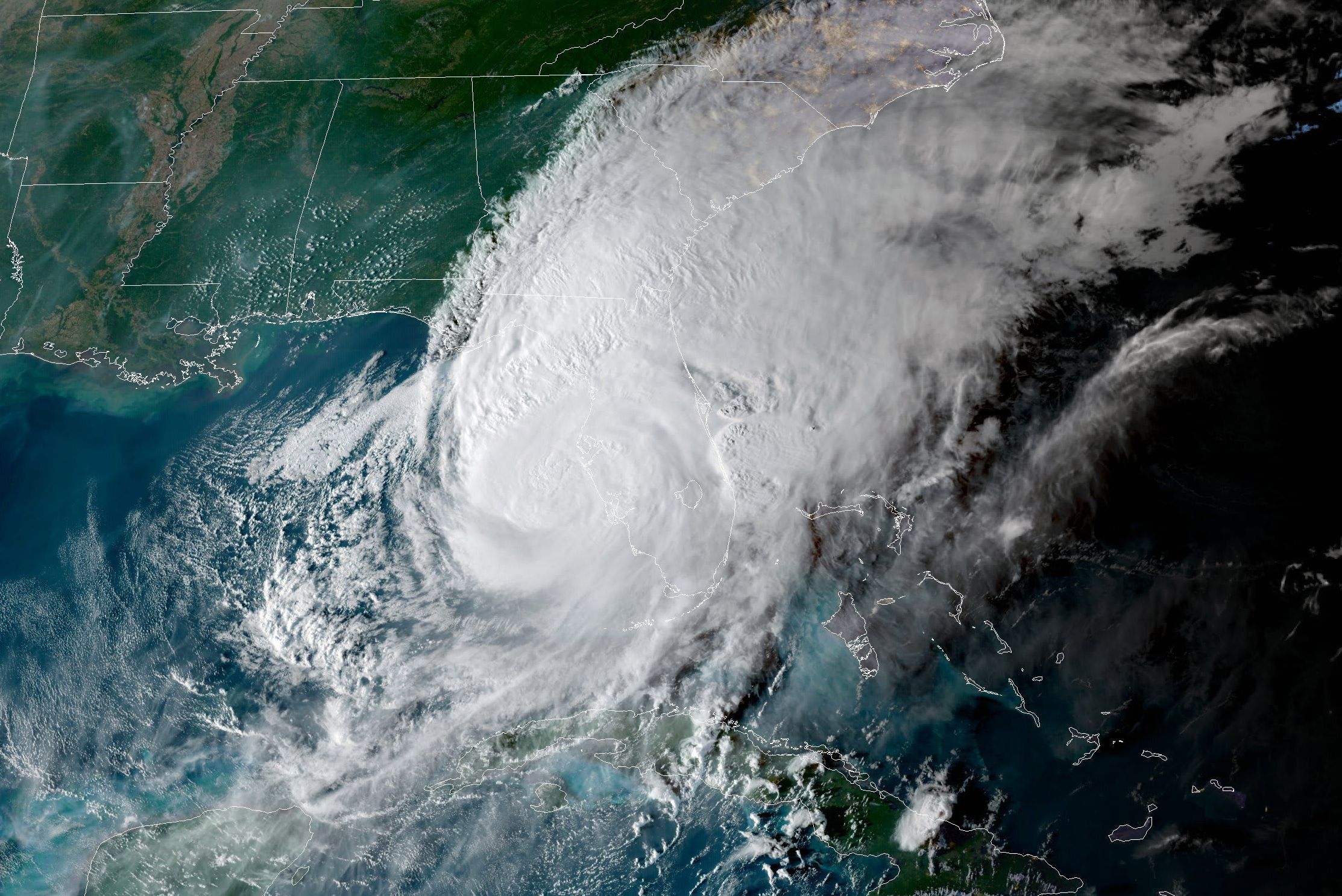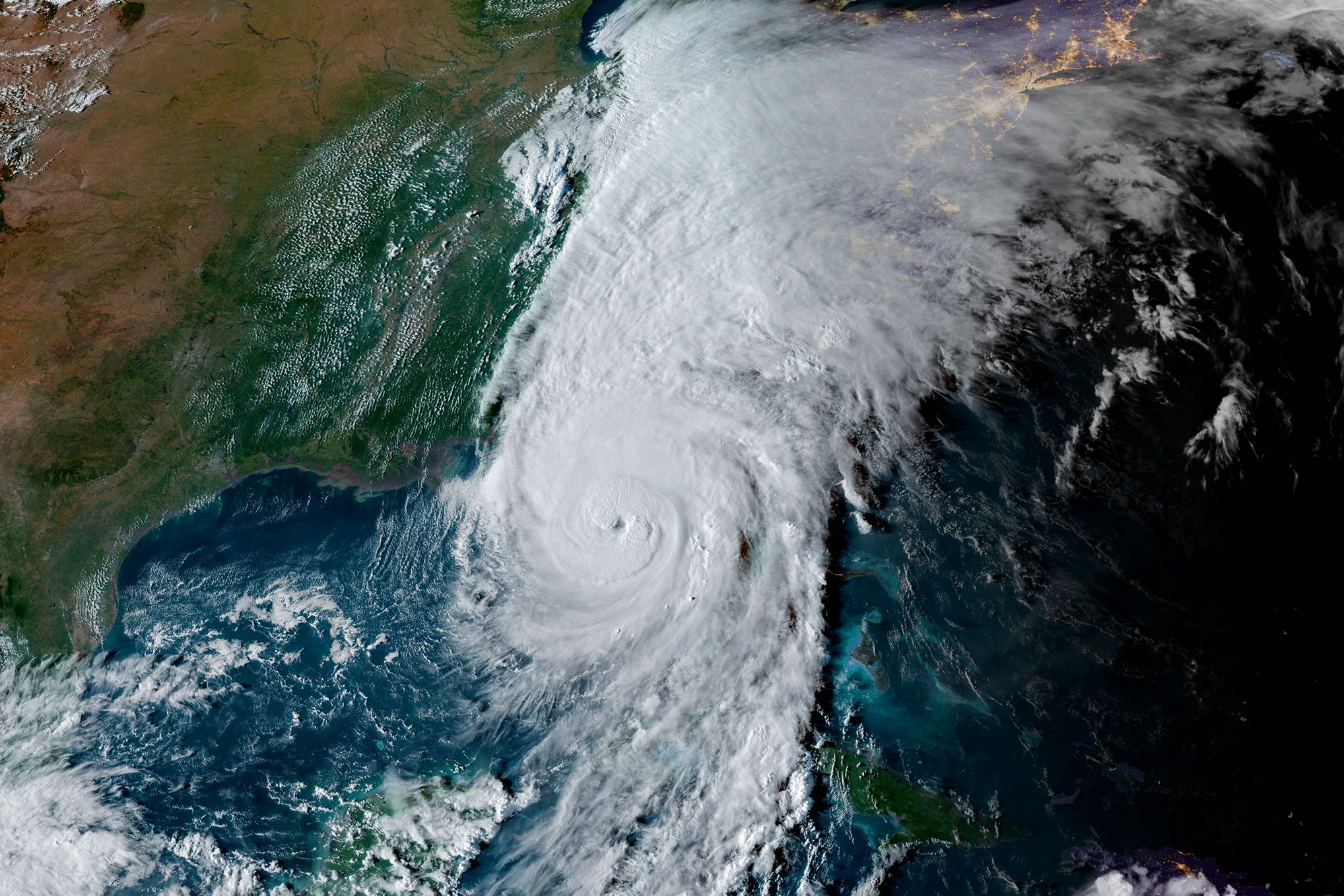Why Sarasota Lucked Out With Hurricane Irma

Image: Shutterstock
It could have been worse. Unbelievably worse.
That was my assessment, surveying my back yard in Venice on Monday morning after Hurricane Irma had passed. Three large trees had been uprooted, the top of my pool cage was gashed and hundreds of branches littered the property, but I still had power and a home unscathed. Speaking with neighbors and other residents throughout the course of the day, the sense of relief was palpable.
“I’d say the whole Sarasota and Tampa Bay area was super fortunate,” says hurricane expert Dr. Jeff Masters, who from 1986-90 flew with NOAA Hurricane Hunters and in 1995 co-founded The Weather Underground, one of the best sources for information on threatening weather.
This is not to diminish the challenges faced by those still without power, business owners struggling to reopen, or property owners dealing with water damage, uprooted trees and broken windows. Two-thirds of the state was left without power. Irma will go down as the most powerful storm to hit Florida since Donna in 1960. Chuck Watson, a disaster modeler for Enki Research in Savannah, Georgia, told The New York Times that he initially estimated Irma would cause $150 billion to $200 billion in damage, but has downgraded that to $50 billion, which will still make it the fifth costliest storm in U.S. history.
Masters says two critical moves made by Irma changed the scenario.
The first big break, for Floridians, at least, but certainly not Cubans, came when Irma plowed into Cuba with 160 MPH winds on Saturday. That blow weakened Irma, and though it regained some of its power, it never fully recovered.
“Had it not hit Cuba, Irma would have come roaring into Florida as a Category 5,” Masters says.
The other dose of good fortune, on Sunday, was Irma’s sudden move inland, where it hit Naples and moved north along I-75, instead of churning along the coast line. That shift greatly lessened the storm surge Irma would have created.
“You would have been seeing 10-foot storm surge in the Sarasota area, as well as Fort Myers and Tampa,” Masters says. “The damage would have been in the many billions of dollars.”
Even though Irma’s path shifted in the days and hours before it hit Florida, Masters says the public was well served by the forecasting models, which consistently showed the entire peninsula within the cones of uncertainty.
“I’d give the modeling a grade of B-plus,” Masters says, adding that smaller shifts, such as Irma’s move 40 miles inland as it came up the state, are to be expected.
So what can Floridians can expect going forward?
“I’m glad you asked that,” Masters replies.
He predicts Florida and other coastal regions can expect to face more monster storms such as Irma because the oceans are getting warmer and sea levels are rising. Masters also says it is “unconscionable” that political leaders are ignoring or in many cases rejecting the science that links rising hurricane threats with climate change caused by man-made pollution.
“We should be looking at what the science is telling us,” Masters says. “These storms are going to get worse. And the politicians who are ignoring the science are not serving the constituents they are supposed to be protecting.”



